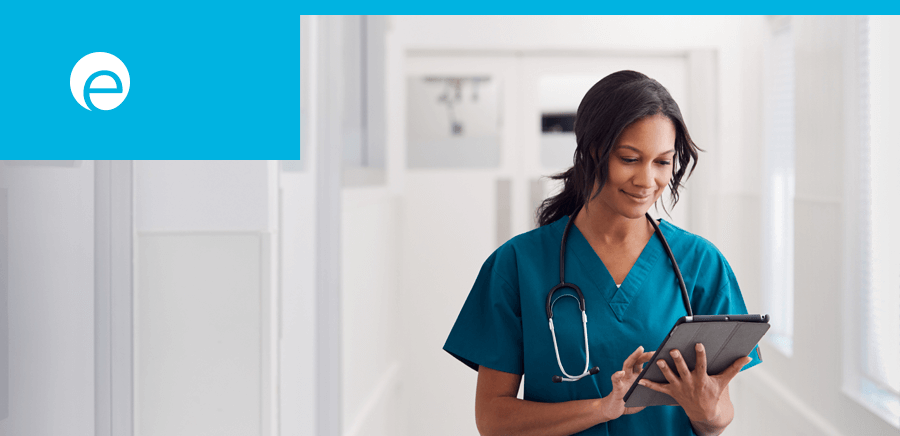Date: August 17th, 2012
Time: 7:06am
Location: Metro North, Hudson Line, unnamed car #6140
Let us resume our discussion from last week, on how the Digital Health Accelerator program came into focus.
In the fall of 2011, as the individual Health Homes were announced, and were in the process of formation, we thought it would be a good idea to pull the clinical people from these new entities together. We decided to convene a working session made up of those providers who will be wind up on the front line—such as care managers and clinicians—to better understand their anticipated workflow, and collectively strategize about how health IT could help.
We set up a venue at a midtown hotel in New York City, invited 150 Health Home folks, along with our DoH partners, and walked through a somewhat traditional requirements gathering process. The discussion was incredibly illuminating for everyone involved, and immediately created some great collaboration between Health Homes—but what we ultimately pulled from the process were four categories of requirements: care coordination, patient engagement, physician alerts/notifications, and physician analytics. These, we learned, represented the areas that most need tools. These categories represented the areas in which New York’s newly-appointed care teams (the Health Homes) serving our state’s sickest patients, need tools to help them work as a coordinated team, and succeed in better care delivery.
- Care Coordination: Collaborative care solutions that reflect the continuum of information on a patient and support team based care, management of patients by risk category, secure messaging, and transitions of care.
- Analytics: Retrospective and predictive analyses related to care coordination, quality management, and decision support. Tools capable of identifying high-risk patients and notifying patients of follow-up care appointments, based on standard criteria for risk. Analytic capabilities that take into account both quality and financial measures to adequately identify risk. Statistical tools related to quality improvement and public health reporting.
- Message Alerts: Alert tools that provide a secure and standardized messaging environment for accurate communication and information exchange between transferring and receiving provider. Clinical decision support including point-of-care alerts indicating transitions in care settings, hospitalizations, medication changes, discharges, non-medical referrals, other medical changes to care plan.
- Patient Engagement: Personal health management solutions that facilitate better healthcare decisions, and help improve communication on care management between the provider and the patient and/or family members. Patient engagement tools need to span the possibilities of innovation and present a wide range of options that allow for easy access by patients.
Okay, so we know which tools the healthcare delivery system is missing, and which tools the future “team based care” models will value. So how can we rapidly provide these tools? Well, we could use grant dollars to build or procure software that meets these requirements and provide that software to the Health Homes—but that could be prohibitively costly, particularly if the software doesn’t meet the specific needs, or if the needs change as the team based model evolves from its infancy . . . and selecting a single vendor or small set of vendors could really limit innovation.
What we really need is a new ecosystem or, perhaps more appropriately, an evolution of the existing eco-system. The current ecosystem is dominated mainly by EHR products that help automate workflow within an individual healthcare practice. However, they can’t automate the workflow across practices, because their span is limited. In order to automate workflow across different practices, we need to establish a new healthcare collaboration platform that all of the providers in a healthcare team can use to share their information about their patients. Only in this way can other providers benefit from that knowledge, communicate with each other about their interactions with the patients, collaborate on care plans to avoid contradicting treatments, and eventually, share and engage with the patient.
Enter health information exchange (HIE), or Statewide Health Information Exchange of NY (SHIN-NY). New York has been investing hundreds of millions of dollars over the last five years to build a network that connects the providers in a community together. If we could transform that network, the SHIN-NY, into the healthcare collaboration platform that we need, and encourage innovation on top of that platform, we would have our ecosystem.


